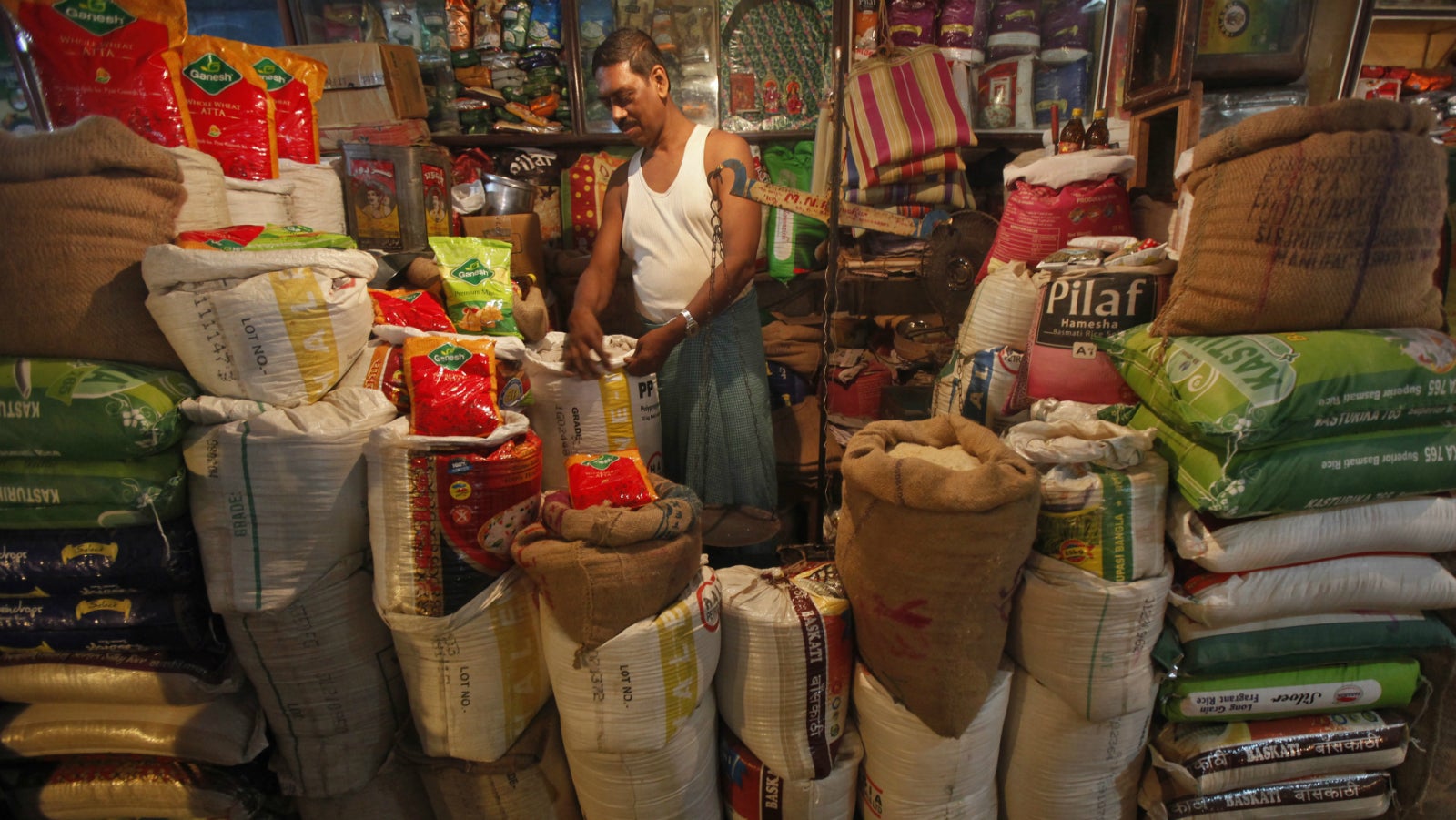Finally, the rural drought may have ended for Indian consumer goods firms
Over 65% of Indians live in villages and small towns, a key market for consumer companies that draw anywhere between 40% and 45% of their sales from the hinterland.


Over 65% of Indians live in villages and small towns, a key market for consumer companies that draw anywhere between 40% and 45% of their sales from the hinterland.
But the once high-growth driver of everything from shampoo sachets and detergents to hair oils has been battered over the last few years. In 2014 and 2015, rural areas suffered low rainfall. Then, in November 2016, the government’s move to ban high-value notes prompted households to cut back on discretionary spending.
And it is only now that the pain seems to be ebbing away.
In the last financial year, growth in consumption in rural India outpaced that of urban areas by a wide margin—the first time in five years. This was driven by better rains and lower rates of the goods and services tax (GST). Rural consumption grew at 9.7% for the financial year 2018, while that of urban markets moved at 8.6%, the Mint newspaper reported, citing numbers from Nielsen India.
“If we look at growth in volume terms, we have reached the peaks last seen five years ago. Volumes were growing at about 10% then,” Sameer Shukla, executive director at Nielsen India, told Mint in an interview. Overall, sales at fast moving consumer goods (FMCG) companies grew at 13.5%, the fastest in three years.
The rural growth revival was reflected in the earnings of the country’s largest consumer goods firm, Hindustan Unilever (HUL), last week.
“Rural has improved in many parts of the country and is growing ahead of urban,” Sanjiv Mehta, managing director and CEO of HUL, said in an earnings call on May 15. The company, which sells brands such as Lux and Rin, noted that the rural market still wasn’t anywhere close to its prime, when it was growing “1.2 times” the urban market. “We will have to wait a couple of quarters to see if the trend gets established,” Mehta added.
Meanwhile, this uptick in consumer goods sales was prompted by the GST regime introduced in 2017. Subsequently, GST rates were slashed on some key daily use products, including soaps and detergents, leading to growth in volumes.
However, a full recovery is still awaited, and other indicators point to areas of unresolved stress. Growth in rural wages, for instance, dropped to 3.09% this January, down from 6.6% a year ago, according to data analysed by Mint newspaper on May 21. Now, all eyes are on Monsoon 2018.